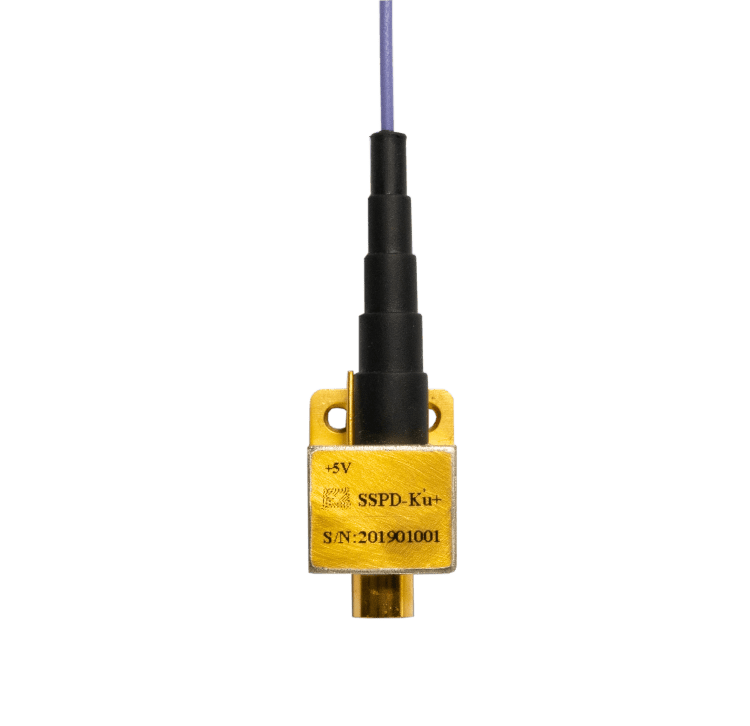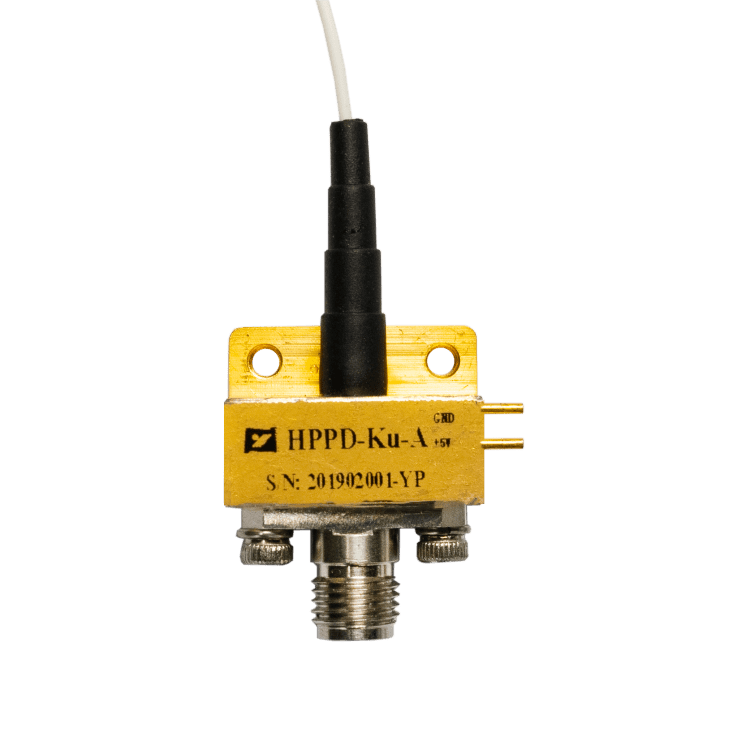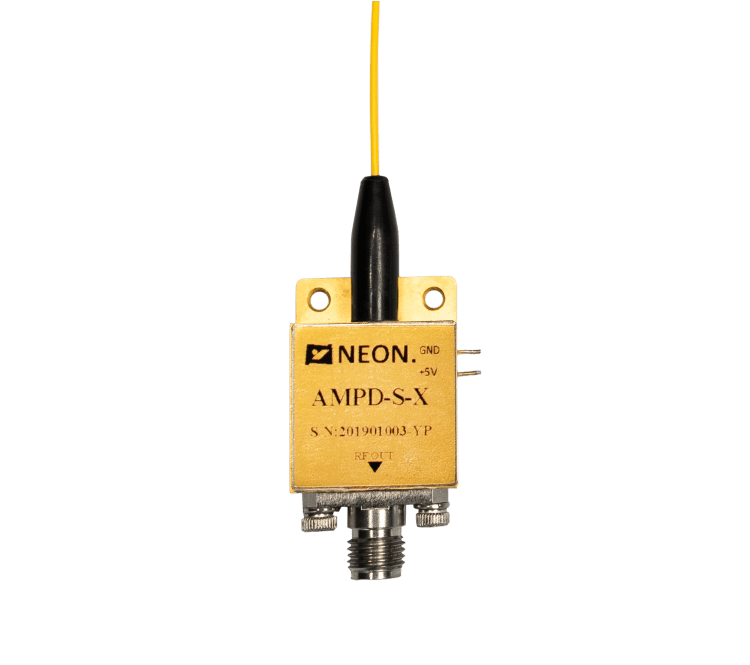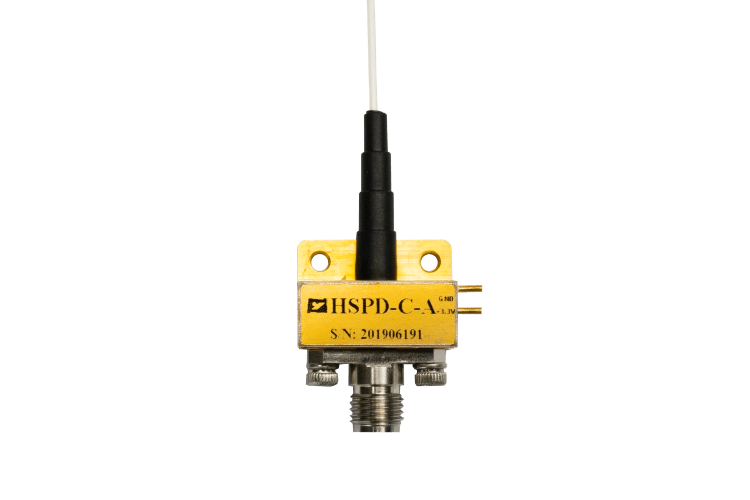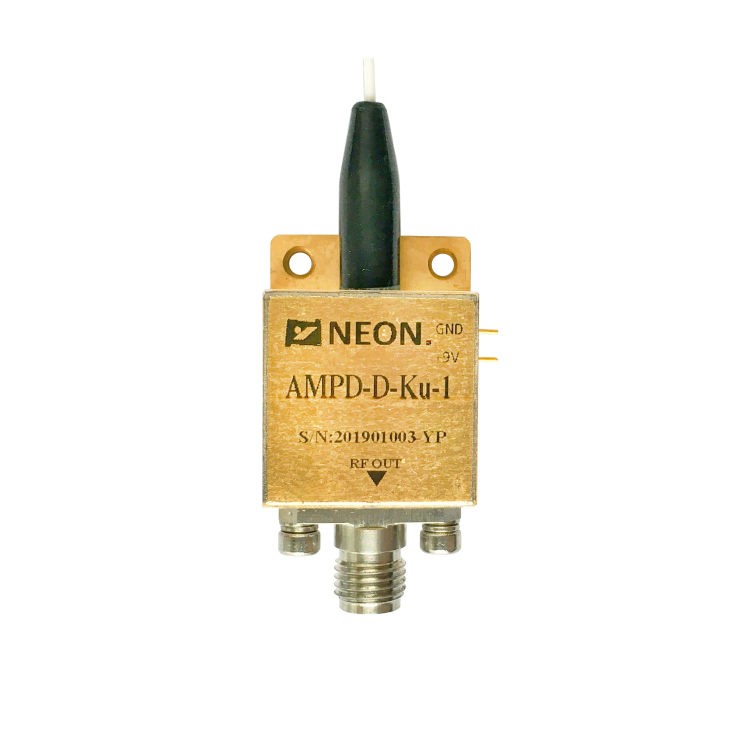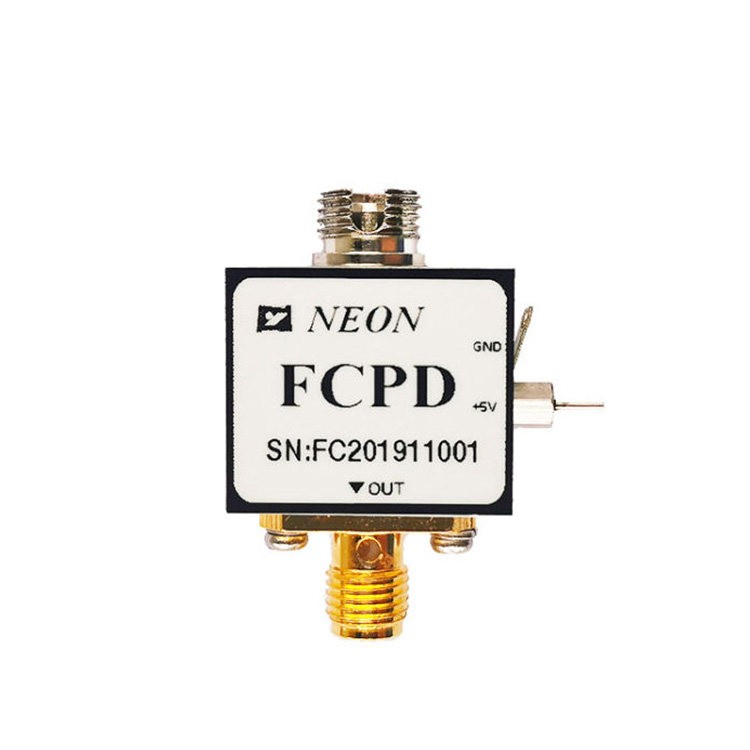8 Applications of High Speed InGaAs Hybrid Photodetectors
High speed InGaAs hybrid photodetectors are versatile and high-performance devices that are used in a wide range of applications, including optical communications, optical networking, datacom and telecom, test and measurement, medical imaging, industrial automation, and security and surveillance.
These devices offer a number of advantages over other types of photodetectors, including high speed, high sensitivity, and a wide spectral response range. High speed InGaAs hybrid photodetectors are able to operate at speeds of up to tens of gigahertz, making them ideal for use in high-speed optical communications systems. They are also highly sensitive, and able to detect very low levels of light. Additionally, high speed InGaAs hybrid photodetectors have a wide spectral response range, covering from the near-infrared (NIR) to the short-wave infrared (SWIR) regions. This makes them suitable for use in a variety of applications, including optical communications, spectroscopy, and medical imaging.
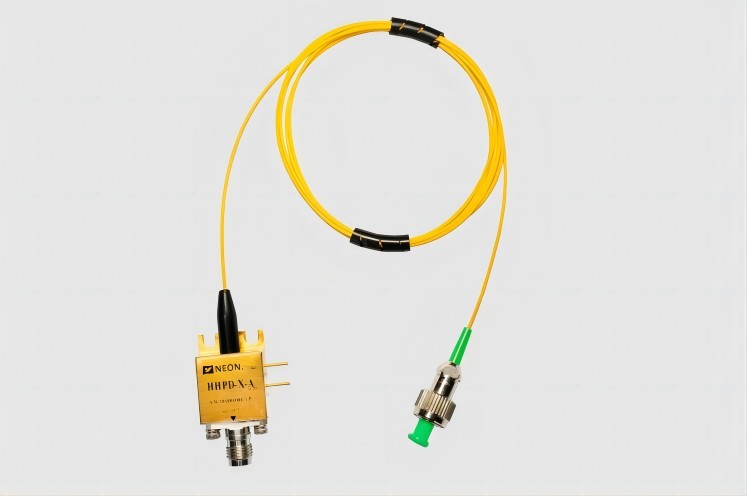
1. Optical Communications
One of the most important applications of high speed InGaAs hybrid photodetectors is in optical communications systems. In these systems, photodetectors are used to convert optical signals into electrical signals that can be processed by electronic devices. High speed InGaAs hybrid photodetectors are ideal for use in optical communications systems due to their high speed, high sensitivity, and wide spectral response range.
High speed InGaAs hybrid photodetectors are used in a variety of optical communications applications, including long-haul fiber optic networks, metropolitan area networks (MANs), and local area networks (LANs). They are also used in undersea cable systems and satellite communications.
In long-haul fiber optic networks, high speed InGaAs hybrid photodetectors are used to amplify and receive optical signals. They are also used to monitor the performance of the network.
In MANs and LANs, high speed InGaAs hybrid photodetectors are used to connect switches and routers. They are also used in optical transceivers that are used to connect computers and other devices to optical networks.
In undersea cable systems, high speed InGaAs hybrid photodetectors are used to amplify and receive optical signals that are transmitted over long distances.
In satellite communications, high speed InGaAs hybrid photodetectors are used to receive optical signals from satellites.
2. Optical Networking
Optical networking is the use of optical technologies to create networks that can transmit data at very high speeds. High speed InGaAs hybrid photodetectors play an important role in optical networking. They are used in a variety of optical networking applications, such as optical cross-connects (OXCs), add/drop multiplexers (ADMs), and optical routers.
OXCs are devices that are used to route optical signals from one port to another. ADMs are devices that are used to add or drop optical signals from a network. Optical routers are devices that are used to route optical signals between different networks.
High speed InGaAs hybrid photodetectors are used in OXCs and ADMs to detect and amplify optical signals. They are also used in optical routers to detect and route optical signals.
3. Datacom and Telecom
Datacom and telecom are the fields of information technology that deal with the transmission of data over telecommunications networks. High speed InGaAs hybrid photodetectors are used in a variety of datacom and telecom applications, such as optical transceivers, optical switches, and optical monitors.
Optical transceivers are devices that are used to convert electrical signals into optical signals and vice versa. Optical switches are devices that are used to switch optical signals from one port to another. Optical monitors are devices that are used to monitor the performance of optical networks.
High speed InGaAs hybrid photodetectors are used in optical transceivers to convert optical signals into electrical signals. They are also used in optical switches to detect and switch optical signals. Optical monitors use high speed InGaAs hybrid photodetectors to detect and monitor optical signals.
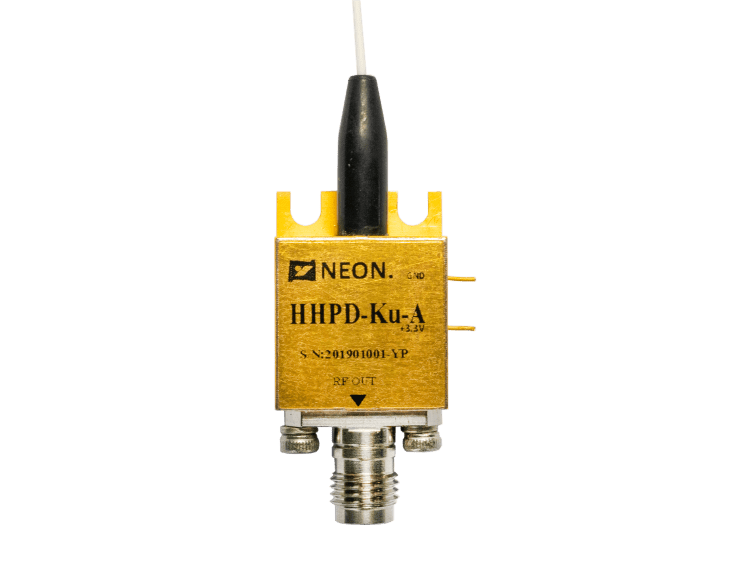
4. Test and Measurement
High speed InGaAs hybrid photodetectors are used in a variety of test and measurement applications, such as optical time domain reflectometry (OTDR), optical spectrum analysis (OSA), and optical power measurement. They are also used in optical network monitoring systems.
OTDR is a test method that is used to measure the distance to faults in optical fibers. OSA is a test method that is used to measure the spectrum of optical signals. Optical power measurement is a test method that is used to measure the power of optical signals.
Optical network monitoring systems use high speed InGaAs hybrid photodetectors to detect and monitor optical signals in optical networks.
5. Medical Imaging
High speed InGaAs hybrid photodetectors are used in a variety of medical imaging applications, such as optical coherence tomography (OCT) and fluorescence imaging. They are also used in medical diagnostic devices such as blood glucose meters and pulse oximeters.
OCT is a non-invasive medical imaging technique that is used to image the retina and other internal tissues by measuring the optical coherence of reflected light. High speed InGaAs hybrid photodetectors are used in OCT systems to detect the reflected light.
OCT is a very high-resolution imaging technique that can produce images with a resolution of up to 10 micrometers. This makes it ideal for imaging the retina, which is a very delicate tissue. OCT is used to diagnose and monitor a variety of retinal diseases, such as age-related macular degeneration, glaucoma, and diabetic retinopathy.
OCT is also used to image other internal tissues, such as the skin, nerves, and blood vessels. It is used to diagnose and monitor a variety of diseases and conditions, such as skin cancer, multiple sclerosis, and atherosclerosis.
6. Industrial Automation
High speed InGaAs hybrid photodetectors are used in a variety of industrial automation applications, such as machine vision, process control, and robotics. They are also used in industrial sensors and other industrial equipment.
Machine vision is the use of computers to interpret images from cameras. High speed InGaAs hybrid photodetectors are used in machine vision systems to detect and identify objects.
Process control is the use of computers to control industrial processes. High speed InGaAs hybrid photodetectors are used in process control systems to monitor and control industrial processes.
Robotics is the use of robots to perform tasks. High speed InGaAs hybrid photodetectors are used in robotic systems to help robots navigate and interact with their environment.
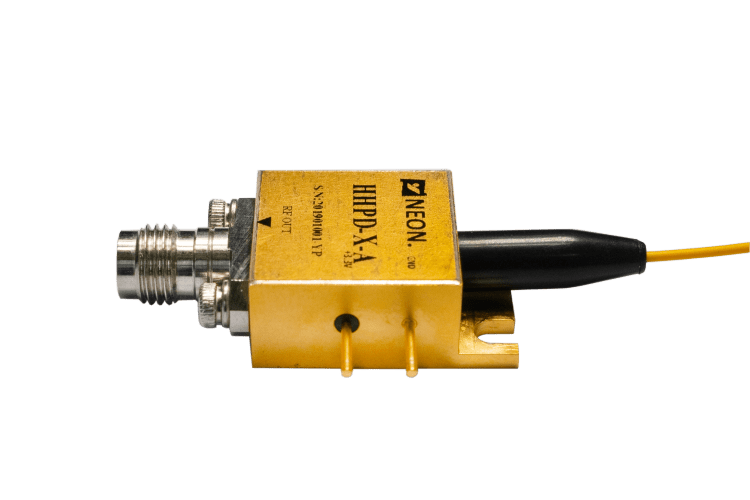
7. Security and Surveillance
High speed InGaAs hybrid photodetectors are used in a variety of security and surveillance applications, such as night vision cameras, laser rangefinders, and intrusion detection systems. They are also used in military and aerospace applications.
Night vision cameras use high speed InGaAs hybrid photodetectors to detect and amplify light in low-light conditions. Laser rangefinders use high speed InGaAs hybrid photodetectors to measure the distance to objects. Intrusion detection systems use high speed InGaAs hybrid photodetectors to detect the presence of intruders.
High speed InGaAs hybrid photodetectors are also used in military and aerospace applications, such as targeting systems and missile guidance systems.
8. Spectroscopy and Analysis
High speed InGaAs hybrid photodetectors are used in a variety of spectroscopy and analysis applications, such as Raman spectroscopy, infrared spectroscopy, and ultraviolet spectroscopy. They are also used in analytical instruments such as gas chromatographs and mass spectrometers.
Raman spectroscopy is a technique that is used to identify molecules by their vibrational spectrum. Infrared spectroscopy is a technique that is used to identify molecules by their rotational and vibrational spectrum. Ultraviolet spectroscopy is a technique that is used to identify molecules by their electronic spectrum.
High speed InGaAs hybrid photodetectors are used in these spectroscopy techniques to detect the light that is scattered or absorbed by molecules.
Gas chromatographs and mass spectrometers are analytical instruments that are used to separate and identify molecules. High speed InGaAs hybrid photodetectors are used in these instruments to detect the molecules that are separated or identified.
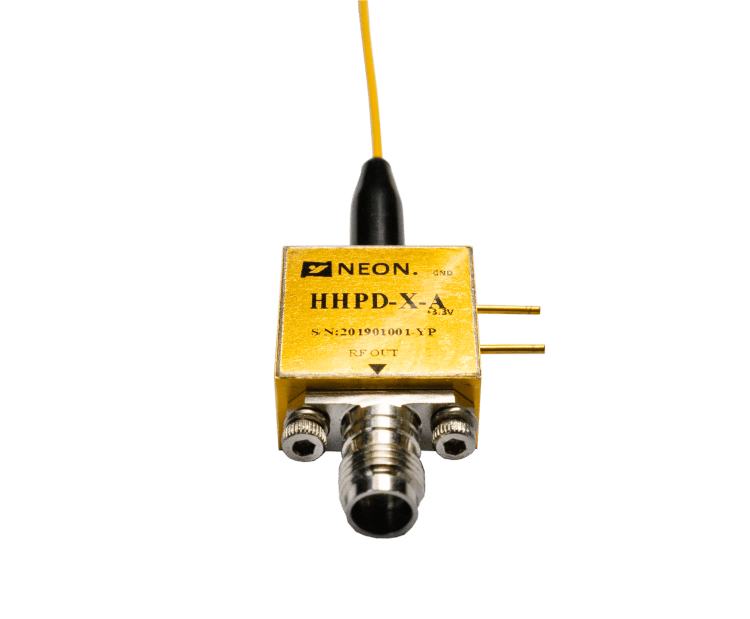
Conclusion
High speed InGaAs hybrid photodetectors are versatile and high-performance devices that are used in a wide range of applications, including optical communications, optical networking, datacom and telecom, test and measurement, medical imaging, industrial automation, and security and surveillance. These devices offer a number of advantages over other types of photodetectors, including high speed, high sensitivity, and a wide spectral response range.
High speed InGaAs hybrid photodetectors are playing an increasingly important role in many of the technologies that are driving the world forward today. As these technologies continue to develop, the demand for high speed InGaAs hybrid photodetectors is expected to continue to grow.


